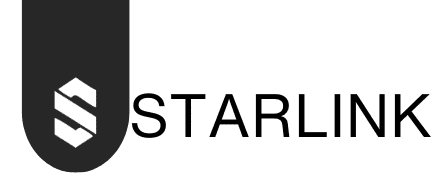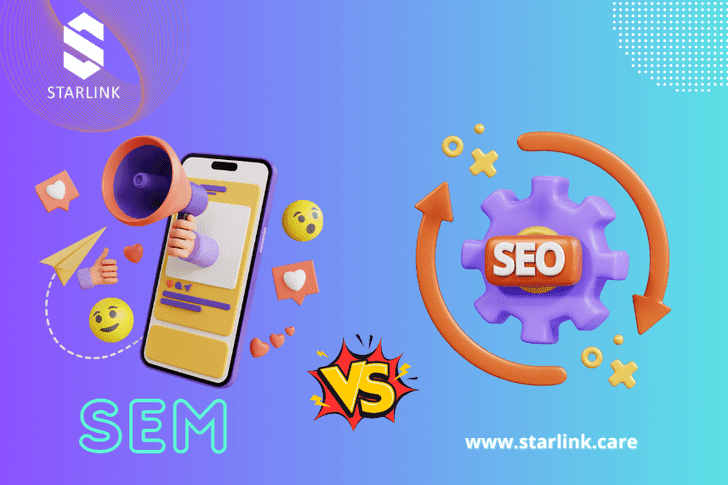Are you confused about the difference between SEO and SEM?
You are not alone! Many businesses struggle to understand the difference between these two essential digital marketing strategies.
Both search engine optimization (SEO) and search engine marketing (SEM) are strategies aimed at improving a website’s visibility on search engine results pages (SERPs), but they differ in approach and practice.
SEO mainly focuses on optimizing a website to rank organically in search engine results. It includes various techniques such as keyword research, content optimization, on-page optimization, link building, and improving user experience. The goal of SEO is to increase a website’s visibility and authority through unpaid methods over time, which naturally increases its chances of appearing higher in search results.
On the other hand, SEM involves paid advertising strategies to increase a website’s visibility in search engine results. This includes techniques like pay-per-click (PPC) advertising, where businesses bid on keywords to show their ads at the top of search results. SEM allows immediate visibility by paying for ad space, and includes managing campaigns, setting budgets and analyzing data to optimize ad performance.
In essence, SEO focuses on organic strategies to improve a website’s ranking over time, while SEM involves paid advertising to gain instant visibility and traffic on search engines. Both are valuable components of a comprehensive digital marketing strategy, each offering distinct advantages in promoting an online business.
SEO:
SEO, or Search Engine Optimization, is the process of optimizing your website to rank higher in search engine results pages (SERPs). This includes creating high-quality content, optimizing your website structure and code, and building high-quality backlinks to your site.

Here are some of the key functions of SEO that can help take your business to the next level
- Keyword Research:
By identifying the keywords and phrases your target audience is searching for, you can optimize your website and content to rank higher in search engine results pages (SERPs). are - On-Page Optimization:
This involves optimizing individual web pages to improve their relevance and usability, including things like meta tags, titles and content. - Off-Page Optimization:
This refers to steps taken to improve the visibility and authority of your website outside of it, such as link building and social media marketing. - Analytics and Reporting:
By tracking your website’s performance and analyzing the data, you can make informed decisions and adjustments to your SEO strategy. By implementing these functions and staying up-to-date with the latest SEO trends and best practices, you can drive more traffic to your website, increase your brand awareness, and ultimately increase your bottom line. can.
SEM:
On the other hand, SEM, or Search Engine Marketing, is a broader term that includes all forms of paid advertising on search engines. This includes pay-per-click (PPC) advertising, display advertising, and other paid promotion methods. Although SEO and SEM are separate strategies, they both play an important role in driving traffic to your website and growing your business. By combining the power of SEO and SEM, you can create a comprehensive digital marketing strategy that delivers powerful results. From ‘PPC Services Near Me’ to ‘Online Advertising Solutions’, ‘Paid Search Marketing,’ ‘PPC Campaign Optimization,’ ‘Google Ads Experts,’ ‘Search Engine Advertising Agency,’ ‘Paid Search Strategy,’ and ‘Online Marketing Campaigns’ These elements form a strong SEM approach.

Here are some of the key functions of SEM that can help take your business to the next level
- Keyword Research:
SEM helps you identify keywords and phrases that your target audience is searching for online. By optimizing your website and content around these keywords, you can improve your search engine rankings and attract more traffic. - Paid Advertising:
SEM also includes paid advertising options like Google Ads and Bing Ads. These platforms allow you to target specific keywords and demographics, ensuring that your ads are seen by the right people at the right time. - Performance Tracking:
With SEM, you can track the performance of your website and advertising campaigns in real time. It allows you to make data-driven decisions and optimize your strategies for maximum results.
Starlink Services
- PPC audit
- Remarketing
- Geofencing ad
- Social Media Ads
STARLINK
Accelerating online business growth is our passion. We specialize in providing tailored SEO solutions, helping businesses grow their online presence, generate leads, and empower Skyrocket revenue. Our track record of success stories is a testament to the effectiveness of our proven SEO techniques and strategies.
“Just remember that you can test different video lengths until you find what works best –– the sweet spot. Pay attention to your video performance and adjust until you see success.”







